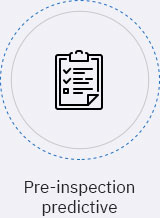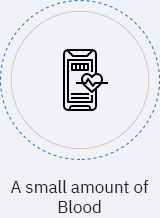DIAGNOSTICS Past, present & the next frontier
ExoLiteTM
Measure the immune activity by quantifying the microRNA of the immune cell exosome in the blood.
Use total immune cells to check the wide range of immune activations in the body
Immuno cellular activity test
Pre-examination that is more basic than diagnosis of disease, diagnosis of cancer
The overall health status can be checked in a simple way.
Use as a prognosis test after treatment as well as a pre-examination.
Coventional immune cell vitalization method
| Flow cytometric Assay | Chromium51 Release Assay | Measurement of vitalization from other companies | ExoLite | |
|---|---|---|---|---|
| Object | Counting NK Cell | Measuring NK cell toxicity | Measing vitalization of NK cell | Measuring all groups of immune cell activation which existed in blood (NK, Mq, Treg cell, etc) |
| Analyte | CD3, CD16,/56 | Radioactive isotope (Chromium51) | IFN-γ secereted from NK cell | Multi miRNA controls immune activation |
| Sample | PBMC | PBMC | Whole blood | Whole blood |
| period | 5 hours (approx.) | 5~7 days (approx.) | 24-48 hours (include 20-24 hours of cultivation) | 4-12 hours |
| accuracy | may differ depends on the inspector | may differ depends on the inspector | ELISA method requries basic education less difference between inspector |
qPCR method requires basic education less difference between inspector |
| limitation | Can measure the relative numbers of cell |
|
|
None |
ExoLite kit Strength
It is prossible to confirm more accurate results by quantification with complex gene biomarkers.
Exomes in multiple immune cells are isolated and checked for a wide range of immune responses.











